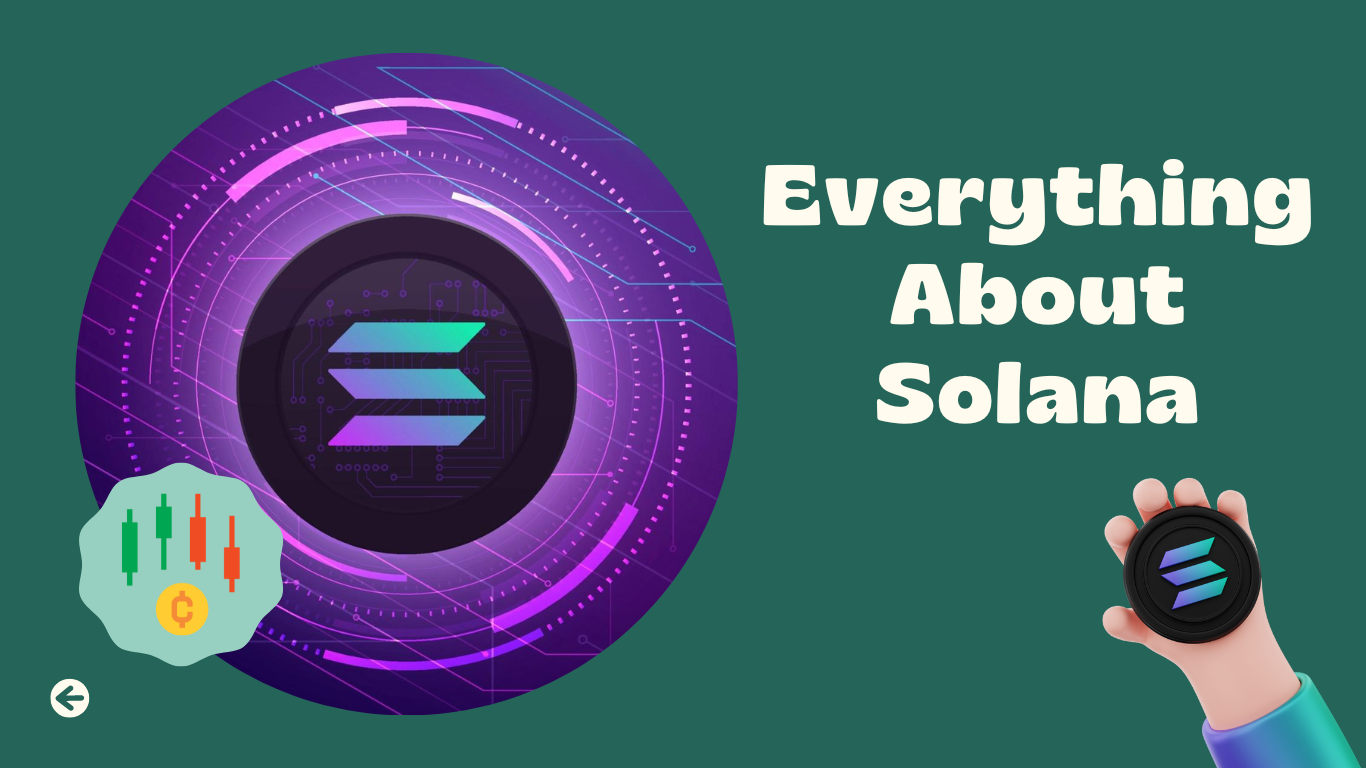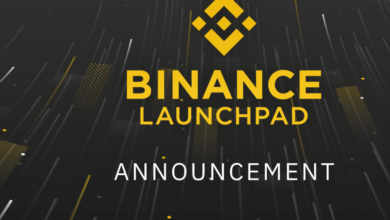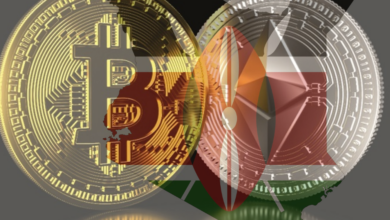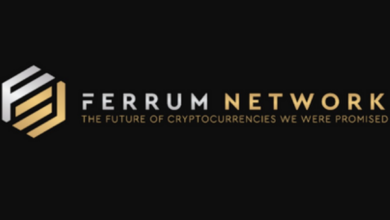What is Solana coin?

Solana (SOL) is a blockchain platform and cryptocurrency that aims to provide a fast, scalable, and decentralized infrastructure for building decentralized applications (dApps). It was launched in March 2020 and has gained significant attention and popularity in the cryptocurrency community.
Solana uses a unique consensus mechanism called Proof of History (PoH) in combination with Proof of Stake (PoS) to achieve its high transaction speeds and scalability. The PoH mechanism provides a historical record of all transactions on the network, which allows nodes to quickly and efficiently confirm new transactions without having to verify the entire blockchain.
In addition to its technological innovations, Solana has gained attention for its partnerships and collaborations with various companies and organizations. For example, it has partnered with USDC, a popular stablecoin, to enable faster and more efficient transactions. It has also collaborated with the Serum decentralized exchange (DEX) and the Mango Markets decentralized trading platform to create a full-stack ecosystem for decentralized finance (DeFi) applications.
The Solana cryptocurrency, SOL, is used to power transactions and operations on the Solana network, as well as to incentivize staking and participation in network governance. It has seen significant growth in value since its launch, and is currently one of the top 10 cryptocurrencies by market capitalization.

What is the origin of Solana inspiration?
Solana was inspired by several existing blockchain platforms, as well as a desire to overcome some of the limitations of these platforms. The project was started by Anatoly Yakovenko, a former engineer at Qualcomm and Dropbox, who was interested in creating a faster and more scalable blockchain platform.
One of the key inspirations for Solana was Bitcoin, the first and most well-known cryptocurrency. However, Bitcoin’s limited transaction speed and scalability led Yakovenko to explore alternative approaches to consensus and transaction processing.
Another major inspiration for Solana was Ethereum, which introduced the concept of smart contracts and paved the way for decentralized applications (dApps). However, Ethereum’s high fees and limited scalability also posed challenges for developers and users.
To overcome these limitations, Solana’s design was influenced by several other technologies, including Google’s protocol buffer serialization, the memcached caching system, and Yakovenko’s own experience in developing high-performance networking and storage systems.
Generally, Solana’s inspiration can be traced back to a desire to create a fast, efficient, and scalable blockchain platform that can support a wide range of decentralized applications and use cases. Its unique consensus mechanism and focus on parallel processing have helped to distinguish it from other blockchain platforms and attract interest from developers and investors alike.
How Sol coin designed to function?
Here’s a brief overview of how Sol is designed to function:
Consensus mechanism: Solana uses a hybrid consensus mechanism that combines PoH with PoS. The PoH mechanism provides a historical record of all transactions on the network, which allows nodes to quickly and efficiently confirm new transactions without having to verify the entire blockchain. PoS is used to ensure the security and integrity of the network.
Transaction processing: Solana is designed to process up to 65,000 transactions per second (TPS), which is much faster than many other blockchain platforms. This is achieved through parallel processing and pipelining of transactions, which allows for greater throughput and efficiency.
Smart contracts: Solana supports smart contracts, which are self-executing programs that run on the blockchain. These contracts can be used to build decentralized applications and automate various processes.
Token economy: The Solana cryptocurrency, SOL, is used to power transactions and operations on the Solana network, as well as to incentivize staking and participation in network governance. SOL holders can participate in network governance by staking their tokens and voting on proposals to improve the network.
Ecosystem: Solana has a growing ecosystem of dApps, decentralized exchanges (DEXs), and other projects that are built on top of the platform. These projects leverage the fast and scalable nature of Solana to provide innovative solutions in areas such as DeFi, NFTs, and gaming.
Overall, Solana is designed to provide a fast, efficient, and decentralized infrastructure for building and running decentralized applications. Its unique consensus mechanism and focus on scalability have made it a popular choice for developers and investors in the cryptocurrency community.
What are the active and planned projects of (Sol)?

Sol has a growing ecosystem of active and planned projects that are being built on top of its blockchain platform. Here are some examples:
Serum: Serum is a decentralized exchange (DEX) built on Sol that offers fast, efficient, and low-cost trading for a wide range of cryptocurrencies and other assets.
Mango Markets: Mango Markets is a decentralized trading platform that allows users to trade cryptocurrencies, synthetic assets, and other financial instruments with high liquidity and low fees.
Raydium: Raydium is a DEX and liquidity provider built on Solana that offers fast and efficient trading, as well as liquidity pools for staking and yield farming.
Solanium: Solanium is a launchpad for new projects built on Solana, providing fundraising and community support for innovative startups and entrepreneurs.
Stardust: Stardust is a platform for creating and trading NFTs (non-fungible tokens) on Solana, with features such as royalty collection and fractional ownership.
Oxygen: Oxygen is a DeFi platform built on Solana that provides lending, borrowing, and trading services for a wide range of assets.
Solverse: Solverse is an accelerator program for Solana-based startups, providing mentorship, funding, and community support for promising projects.
These are just a few examples of the many active and planned projects in the Solana ecosystem. The platform’s focus on fast, efficient, and scalable blockchain technology has attracted a growing community of developers and entrepreneurs who are building a wide range of innovative applications and services on top of Solana.




